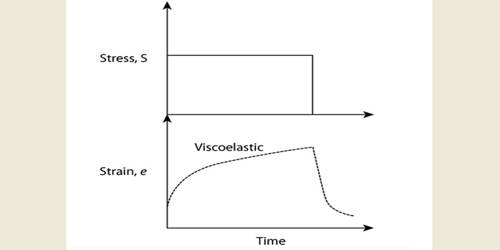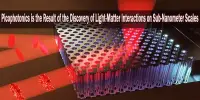An electric arc refers to the discharge of electricity that occurs when a current flows through a gap in a circuit or between two conductive surfaces. It is characterized by a bright, luminous, and highly energetic plasma channel that forms between the electrodes.
An electric arc (or arc discharge) is an electrical breakdown of a gas that produces a prolonged electrical discharge. The current through a normally nonconductive medium such as air produces a plasma; the plasma may produce visible light. An arc discharge is initiated either by thermionic emission or by field emission. After initiation, the arc relies on thermionic emission of electrons from the electrodes supporting the arc. An arc discharge is characterized by a lower voltage than a glow discharge. An archaic term is voltaic arc, as used in the phrase “voltaic arc lamp”.
When a voltage difference is applied across a gap or space between two conductive materials, such as electrodes, the electrons are accelerated and gain enough energy to ionize the surrounding gas molecules. This ionization creates a conductive plasma channel through which the electric current flows. The plasma channel is extremely hot, reaching temperatures ranging from several thousand to tens of thousands of degrees Celsius, depending on the specific conditions.
Electric arcs can be formed in various electrical systems, including circuit breakers, welding equipment, electric motors, and even in natural phenomena such as lightning. They can occur in both alternating current (AC) and direct current (DC) systems. Techniques for arc suppression can be used to reduce the duration or likelihood of arc formation.
In the late 19th century, electric arc lighting was in wide use for public lighting. Some low-pressure electric arcs are used in many applications. For example, fluorescent tubes, mercury, sodium, and metal-halide lamps are used for lighting; xenon arc lamps have been used for movie projectors. Electric arcs can be utilized for manufacturing processes, such as electric arc welding, and electric arc furnaces for steel recycling.
The properties and behavior of an electric arc depend on several factors, including the current magnitude, the voltage applied, the gap distance, the composition of the surrounding gas, and the geometry of the electrodes. Electric arcs can produce intense heat, light, and sound, and they often exhibit distinctive colors, such as the bluish-white arc in air.
Electric arcs have various applications, such as in welding and cutting processes, where the high temperatures generated by the arc can melt and join metal parts. They are also used in arc lamps for illumination and in certain industrial processes that require high-energy plasma, such as plasma torches and plasma processing. However, electric arcs can also pose hazards, including the risk of electric shock, burns, and fire, and proper safety precautions are necessary when working with or around them.
















